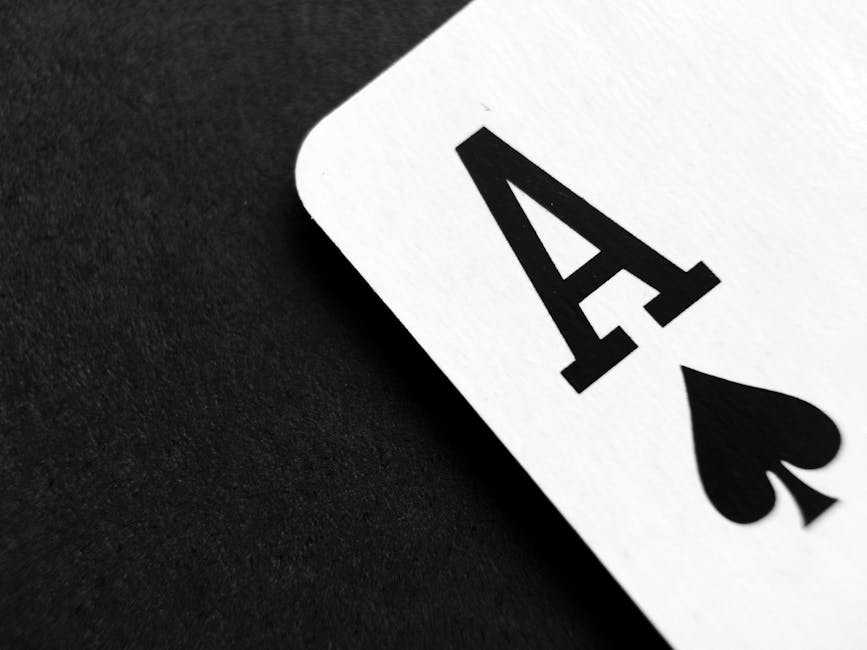What Is the World Series of Poker?
The World Series of Poker (WSOP) is the most prestigious poker tournament series globally. Established in 1970, it includes dozens of events featuring various poker variants. Each event awards a coveted gold bracelet to the winner, symbolizing one of poker’s highest honors.
Held annually in Las Vegas, the WSOP attracts professional players and amateurs alike. The Main Event, a No-Limit Texas Hold’em tournament, is the highlight, with a buy-in of $10,000 and the winner securing millions in prize money.
Participants can expect a diverse player field, ranging from seasoned pros to enthusiastic rookies. Media coverage is extensive, with ESPN and PokerGO broadcasting key moments and final tables. To join the WSOP, players may qualify through satellite tournaments or buy in directly.
The WSOP not only tests poker skills but also endurance, as events can last several days. Preparation, mental fortitude, and strategic prowess are essential to succeed in this high-stakes arena.
The History of the WSOP

The World Series of Poker (WSOP) has a rich history, originating in 1970 and growing into a global phenomenon. The event has evolved significantly since its inception.
Origins and Evolution
The WSOP began in 1970 at Binion’s Horseshoe in Las Vegas. Benny Binion invited seven of the best-known poker players to compete in a series of cash games, appointing the winner by vote. The event transitioned to a tournament format the following year, introducing freezeout play, where the last player with chips wins. Over the decades, the WSOP expanded its roster of events, now featuring dozens of poker variants, including Pot-Limit Omaha and Seven-Card Stud. The rise of online poker in the early 2000s boosted participation, making the WSOP accessible to international players.
Key Milestones
In 1973, CBS Sports televised the WSOP, bringing poker into mainstream media. The number of participants grew dramatically in 2003 when Chris Moneymaker won the Main Event after qualifying through an online satellite tournament, encouraging amateur players worldwide. The WSOP branched out internationally in 2007 with the introduction of the World Series of Poker Europe (WSOPE), further extending its reach. The largest Main Event field occurred in 2006, with 8,773 players vying for the title. World Series of Poker bracelets, first awarded in 1976, have become the gold standard of poker achievements.
Different WSOP Events and Tournaments
The World Series of Poker (WSOP) features a wide range of events and tournaments, each catering to different skill levels and poker variants. With hundreds of contests, there’s something for everyone, from beginners to seasoned professionals.
Main Event
The Main Event is the crown jewel of the WSOP. Participants pay a $10,000 buy-in fee, competing in a No-Limit Texas Hold’em format. This event draws thousands of players, with the final table often aired on ESPN. Winning the Main Event means not just substantial prize money but also global recognition and a coveted gold bracelet.
Bracelet Events
Bracelet Events span multiple poker variants and buy-in levels. Events include popular choices like Pot-Limit Omaha and Seven Card Stud. Each event awards a gold bracelet, symbolizing poker excellence and victory. Players value these bracelets highly, making each tournament fiercely competitive. The variety in buy-in levels ensures accessibility, allowing a broad range of participants.
Online Events
Online Events have gained traction in recent years. Players can join from various locations via WSOP’s official online platform. These events mirror the structure of live tournaments but offer the convenience of playing from home. The online format expands the WSOP’s reach, attracting a diverse audience. Winners of these events also receive bracelets, adding to the prestige of the online contests.
Preparing for the WSOP
Preparation is key when aiming for success at the World Series of Poker. Understanding how to enhance your skills, manage your bankroll, and grasp the rules and formats is essential.
Building Your Poker Skills
Improving poker skills involves consistent practice and study. Joining local poker games and online platforms hones abilities through varied competition. Reading books like “Super System” by Doyle Brunson and “Harrington on Hold’em” by Dan Harrington deepens strategic understanding. Watching professional players on ESPN and PokerGO reveals advanced tactics and decision-making processes.
Managing Your Bankroll
Effectively managing your bankroll prevents financial strain. Setting a budget for buy-ins ensures that you won’t exceed your financial limits. I recommend keeping at least 20 buy-ins for the stakes you’re playing. Avoid placing all your funds into one event to maintain flexibility and reduce risk. Monitoring your spending and adjusting your stakes based on your performance helps sustain your bankroll over the series.
Understanding the Rules and Formats
- Understanding WSOP rules and formats is crucial for navigating the tournament.
- The WSOP features various formats, including No-Limit Hold’em, Pot-Limit Omaha, and mixed games like H.O.R.S.E. Each has unique rules and strategies.
- Reviewing the official WSOP rulebook ensures familiarity with tournament structures, blind levels, and payout distributions.
- Watching past WSOP events on ESPN and PokerGO offers practical insights into how these formats play out in real-life scenarios.
What to Expect at the WSOP
Expect a unique blend of excitement and intensity at the WSOP. This event attracts players from all over the world, creating a vibrant atmosphere and competitive environment.
The Atmosphere
The WSOP exudes an electric atmosphere. Inside the event venue, I see players of all skill levels focused on their games. The blend of tense silence and occasional outbursts of excitement fills the air. There are spectators, media crews, and poker enthusiasts, creating a lively and energetic environment. Walking through the Rio All-Suite Hotel & Casino, where the event typically takes place, I experience a palpable sense of anticipation.
The Competition
The WSOP features a diverse range of competitors. Participants include seasoned professionals, amateurs aspiring to make a mark, and everything in between. During the Main Event, stakes run high with $10,000 buy-ins and the pursuit of the prestigious gold bracelet. I notice that each game demands strategic thinking, psychological acumen, and endurance. The competition here is fierce, making the WSOP a true test of poker skills.
Amenities and Entertainment
In addition to poker, the WSOP offers various amenities and entertainment options. The host venue provides comfortable accommodations, dining options, and recreational facilities. When not at the tables, I can explore high-end restaurants, bars, and lounges. Additionally, the event often features live entertainment, making it a well-rounded experience. This blend of amenities ensures that participants and spectators alike have an enjoyable stay throughout the tournament.
Tips for First-Time Participants
First-time participants in the World Series of Poker (WSOP) face both excitement and challenges. To maximize the experience, understanding the event’s nuances is crucial.
Registration Process
Efficient registration ensures a smooth start at the WSOP. Arriving early helps avoid long queues. WSOP offers both online and in-person registration; opting for online can save time. Bring proper ID and payment methods, as only certain cards are accepted. The tournament’s official site provides detailed registration guidelines, which are essential to read.
Navigating the Venue
Familiarizing yourself with the Rio All-Suite Hotel & Casino layout is vital. The vast venue can be overwhelming, especially during peak times. Locate key areas: registration desks, event lounges, and bathrooms. Maps are available online and on-site; referencing them will ease navigation. Observing signages helps in quickly finding your table assignments.
Staying Focused and Healthy
Endurance is as important as poker skills at the WSOP. Long hours at the table can be mentally and physically taxing. Prioritize sleep and eat balanced meals to maintain energy levels. Hydration is crucial; carry a water bottle. Regular breaks for stretching and fresh air help maintain focus. Practicing mindfulness techniques can also aid in staying sharp during intense sessions.



 Elizabeth Dinglerrin
Founder & CEO
Elizabeth Dinglerrin is the visionary founder behind Bet Wise Daily. With a wealth of experience in the gambling industry and a deep passion for data-driven insights, Elizabeth established Bet Wise Daily to provide a comprehensive source of news, analysis, and exclusive content for casino enthusiasts. Her leadership and strategic acumen have shaped the platform into a leading authority in gambling media. When she's not immersed in the latest trends or pioneering new features, Elizabeth enjoys sharing her expertise at industry conferences and mentoring aspiring professionals in the field.
Elizabeth Dinglerrin
Founder & CEO
Elizabeth Dinglerrin is the visionary founder behind Bet Wise Daily. With a wealth of experience in the gambling industry and a deep passion for data-driven insights, Elizabeth established Bet Wise Daily to provide a comprehensive source of news, analysis, and exclusive content for casino enthusiasts. Her leadership and strategic acumen have shaped the platform into a leading authority in gambling media. When she's not immersed in the latest trends or pioneering new features, Elizabeth enjoys sharing her expertise at industry conferences and mentoring aspiring professionals in the field.
